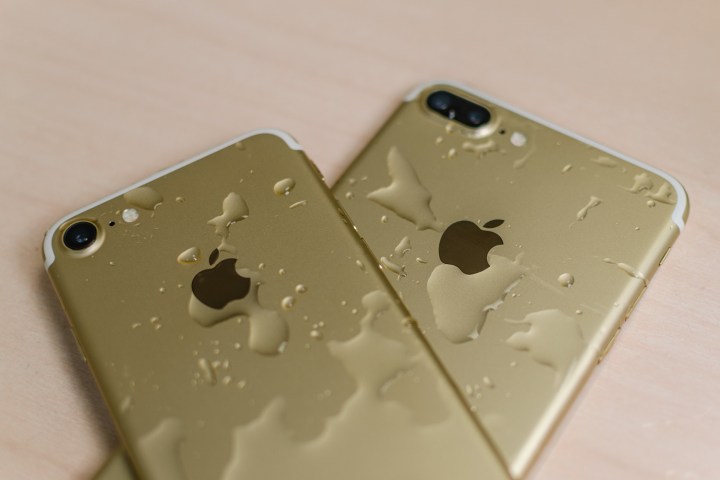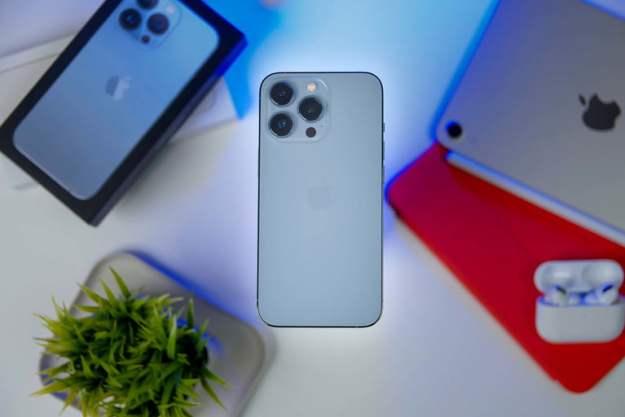
Complexity and cost often go hand-in-hand. As our smartphones add more features, introduce bigger screens, and become thinner, the cost begins to rise and mobile phones quickly become an investment. Most of us can’t afford to replace our phones if something goes wrong. So what do you do if you drop your precious phone in the bathtub, take it surfing, or wash it with your favorite pair of jeans? It may be a long shot, but there are a few ways to breathe life back into that wet, seemingly-dead phone of yours before it’s too late.
Step 1: Promptly remove your phone from the liquid
The quicker you grab it back from the watery jaws of death, the less damage there’s likely to be. It seems like a simple step, but there are certain cases when you won’t be too keen on rescuing it (like when it falls in the toilet — ew). Just remember that you can always wash your hands afterward, but your phone is a different story. Immediacy is the key here.
Step 2: Turn your phone off
Cut all power from the smartphone to avoid short circuiting. The device may not power off immediately, but give it a few tries. Water and electricity don’t mix, but many smartphone components will survive if they are detached from the power source when they get wet.
Step 3: Remove the case and battery
You can’t begin fixing your phone if the protective case is still on. It’s also likely covered in water, and you want it as far away from your phone lest more water gets to it. If possible, take out the battery. You can try to slide or take off the back panel to access the battery compartment. Smartphones like Apple’s iPhone are trickier, so make sure the phone is off at the very least. It’s best to familiarize yourself with how to remove your phone’s battery beforehand, so you can remove it quickly in a fix, but most phones don’t have removable batteries these days.

Step 4: Remove the SIM card
If you can remove the SIM card, do so and pad it dry. Valuable contacts and other data you may store on your card can survive even if your phone doesn’t. Cut your losses and move on.
Step 5: Remove other components if possible
Now is the time to remove the MicroSD card, headphones, and anything else plugged into or inserted into your smartphone. A lot of phones don’t allow their owners to easily open them up and see what’s inside, but if yours can be opened — without voiding your warranty — and you feel comfortable doing so, take the time to disassemble it as much as possible to expose a greater surface area for drying. You can typically remove most plastic shells using an eyeglass screwdriver, or by wedging something flat into the base of the casing.
Step 6: Remove all moisture
Now for the fix. Start by gently shaking your phone to remove any excess surface moisture. Then, take a towel and soak up as much moisture as you can, especially in the crevasses of the phone. Don’t wipe too hard and avoid using a hairdryer, or other appliances that put out heat — the excessive temperature can further damage your smartphone.
You can also try using a small vacuum cleaner to suck out the liquid. If you didn’t take your phone apart, this can help get rid of any water on the inside. Don’t hold it too close to the phone, though, or you might create static electricity. After all, you don’t want to cause a new problem while attempting to solve another.

Next, cover and seal all the smartphone components in a bag of uncooked rice or silica packets (the things that come in your shoe boxes). The rice and silica will work to absorb the rest of the moisture and aid the evaporation process. If you’re feeling paranoid, or just want to know all of your options, there are wet phone kits such as the Bheestie Bag or the Yikes! Phone and Tablet Rescue Kit you can use. These moisture-impermeable bags range in price, but they’re certainly cheaper than buying a new phone outright. Their moisture absorbent beads work in the same way as rice or silica, but the beads are more efficient at retaining water molecules.
Step 7: Be patient
Regardless of which drying method you choose, let your phone remain sealed or leave it on a dry spot or absorbent towel for 24 to 48 hours before you proceed. You want to give your phone ample time to dry before you attempt to power it on and use it again.
Step: Test the phone.
It’s time to see if all your hard work and patience has paid off. Remove the smartphone from the bag, reassemble it if necessary, and hold down the power button. Hopefully, your phone will be back in business. If not, your phone may be too far gone, and you’ll have to buy a new one.
If you’re going to opt for a new device, consider purchasing a water-resistant phone such as the iPhone 7, Samsung Galaxy S7, or the Sony Xperia Z5, all of which can handle brief dunks in water. You may also want to look into purchasing a waterproof case next time around, especially if you’re going to be spending a lot of time around water.
Editors' Recommendations
- This is the iPhone concept of my dreams
- Best iPhone 15 deals: How to get Apple’s latest iPhone for free
- Best iPhone 14 deals: Unlocked and refurbished
- iPhone SE deals: Refurbished 2nd and 3rd Gen iPhones
- Best refurbished iPhone deals: Get an iPhone 14 for $513



